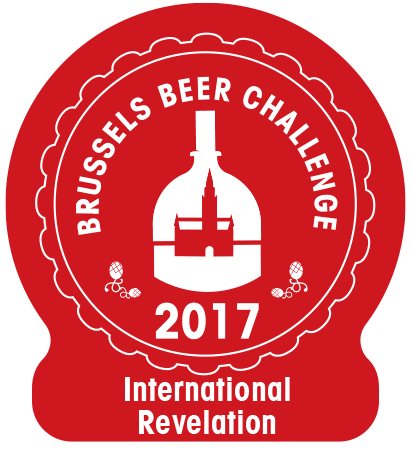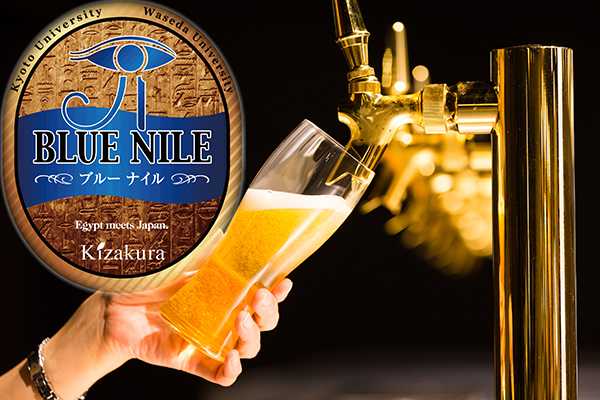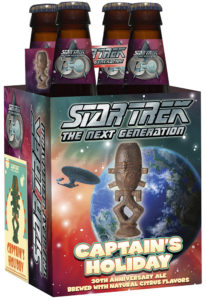The world of beer is a creative one. Which means it’s a slightly zany one, too. New ideas and innovation go hand in hand with quirkiness and seemingly nonsensical behavior sometimes. Let’s take a look at what’s going on. But first, the more straightforward news…
The Brussels Beer Challenge is a competition founded in Belgium in 2012. In the most recent 2017 iteration, a well-organized, international panel of 85 experienced judges evaluated over 1400 beers submitted from around the world. On the surface it appears straightforward: judges award gold, silver and bronze and the occasional “certificate of excellence” (an apparent consolation prize). Curiously, it also seems breweries can tie for a bronze. What really caught our eye were a few categories. The typical categories that you see at most international competitions these days were there, including some of the more recent subcategories (“Pacific IPA”, “Belgian-style IPA”, etc). But there were also some subcategories we’ve never seen like “Traditional Saison”, “Modern Saison” and “Double Saison.” The “modern” modifier applies to contemporary revamps of this style, like black saisons (using more roasted malt to give it dark color) or the tea-infused saison mentioned in this issue’s feature on Barebottle. The “double” we’d never seen in reference to this style, but it refers to high-alcohol saisons. Yum.
Other beer categories with which we weren’t overly familiar included the Bières de Garde ambrée. We had to give ourselves a refresher, as we don’t see them much in Japan. A recent French revival, the beer is a farmhouse ale where “ambrée” refers to its typically amber color. Traditionally, these beers were brewed during cooler months on rural farmhouse properties. The slower, controlled fermentation resulted in fairly clean character with a crisp finish. Malty character is common, and the style is further marked by low hop aroma, low to medium hop bitterness, and perhaps a hint of spiciness or mustiness. Of course, in this modern age, there are all kinds of interesting (and delicious) interpretations. While unrelated to the competition itself, Granville Island Brewing (Vancouver, Canada) made a “Japanese Bière de Garde” with Sorachi Ace hops and rice. A Japanese brewer should make a “Canadian Bière de Garde” with Canadian malt and maple syrup…
An even more attention-grabbing category for us was the Italian-style Grape Ale, a “Specialty Beer” subcategory. A native-Italian style that is starting to gain more international notice, it is a beer-wine hybrid. We’ve found differing opinions from Italian brewers on how much grape can be used to supplant the grain bill. We’ve seen “up to 49%” and “up to 40%”, but no minimums. Considering those broad guidelines and the different kinds of grapes, it’s a category with a lot of latitude. 2017’s winner was a surprise: Feral Vinifera from Firestone Walker in the US. Some Japanese drinkers may not be too surprised by the style. Over ten years ago Minoh first started making its Cabernet Ale, which uses Cabernet grapes. There have been other Japanese breweries to experiment with grapes, too. Returning to the competition, though, the only Japanese brewery to win an award this time was Asahi, which took gold in the International-style Pilsner category for its Asahi Super Dry Shunrei-Karakuchi.
In our last Roundup, we reported on Lagunitas’ cannabis oil-infused beer. International beverage corporation Constellation Brands (owners of Ballast Point) have taken a major step in this direction. In the fall, it purchased Canadian-based marijuana producer Canopy Growth, with an eye to produce cannabis-infused drinks for the American market if marijuana products become legal at all levels of the U.S. government. To provide some background, medical marijuana has been approved by 29 states and D.C., while recreational marijuana has been approved by 8 states and D.C. These state laws are in conflict with federal laws that still prohibit the drug, resulting in some political and legal clashes. Federal law regulates alcohol so no breweries have produced a cannabis-infused beer yet (at least not for public consumption). But if laws change, Constellation would be poised to cash in on what could be a lucrative new beverage market. In the U.S., marijuana is a multibillion-dollar industry, with a handful of publicly traded companies. In Japan, well… at least there’s sake!
There are several elite brewing universities around the world. Japan has one in the Tokyo University of Agriculture (aka Nôdai). With the craft beer boom in America, however, and with close to 6000 breweries, an increasing number of mainstream colleges and universities are offering beer-related courses. Following a pioneering example set by the University of Kentucky, a professor (and avid homebrewer) at the University of Pittsburgh designed an upper-level engineering course called Engineering 1933 (a reference to the year Prohibition ended) where students learn about designing brewery equipment and piping. They also learn about beer and drink it regularly during class. Students may even opt for an 11-day trip to Belgium over spring break, including a stop in Bruges to study the two-mile beer pipeline (see Roundup, JBT#31).
Guinness, which first exported its stout to America in 1817, celebrated this 200-year anniversary with a special Anniversary Export Stout, using the recipe from its 1817 brewery records. It is maltier and sweeter than the usual Foreign Export Stout. Modern breweries have actually been reviving pre-industrial recipes for years. Beer historian and writer Ron Pattinson has worked with several breweries to study old brewery logs and rebrew the beers. In Japan, Konishi has brewed a pre-modern recipe (Bakumatsu Beer), while Kizakura has even used an ancient wheat strain for their Blue Nile beer. We wonder what the Dutch were drinking in their Nagasaki enclave during medieval times…
The Brewers Association in America, which represents independent craft breweries, launched a crowdfunding campaign called #takecraftback. The goal is to raise enough money to purchase its stated rival, international beer conglomerate ABinBev. Problem: it is valued at about $213 billion dollars. That’s $653.37 per American according to a Colorado TV station that crunched the numbers. Despite its quixotic appearance, the campaign has raised more than $3,000,000 according to the site. Which is 0.0014% of its goal, people!… For some humor mixed with serious messages, check out the website: www.takecraftback.com. Now for the weird shit…
To mark the 100-year anniversary of Finland’s independence, Finlandia Cheese offered a set with a wine and beer glass made out of cheese (yes, you can eat them after drinking from them). It costs a ridiculous $5000 for the handmade items. If you’re interested, there are some internet videos that show how you can melt cheese and make cups.
Star Trek beer, anyone? New York’s Shmaltz Brewing Company made a 30th-anniversary beer for Star Trek: the Next Generation called “Captain’s Holiday”. The brewery has actually made several Star Trek beers recently. Can they beam us a beer yet?
Two Florida breweries (Hidden Springs Ale Works and Arkane Aleworks) are brewing a beer that uses Krispy Kreme doughnuts. The question is: will people line up for it for two hours in the rain like they did when Krispy Kreme opened in Shinjuku?
Dear Japanese brewers, if you want to do something weird like this, we’d like to request a Matcha Kit-Kat Stout or Strawberry Pocky Blonde Ale. Otherwise, keep brewing the good, normal stuff you’re brewing… Thank you for that.
This article was published in Japan Beer Times # () and is among the limited content available online. Order your copy through our online shop or download the digital version from the iTunes store to access the full contents of this issue.






